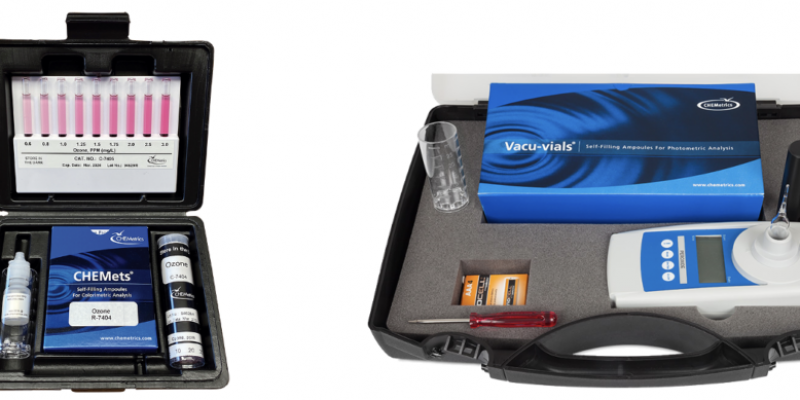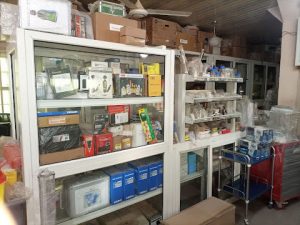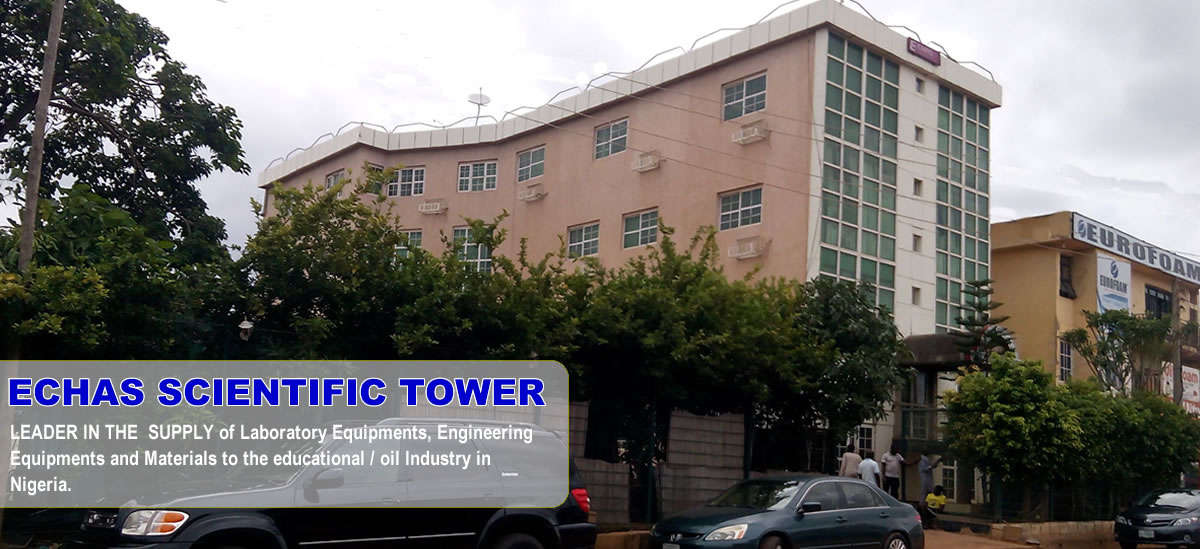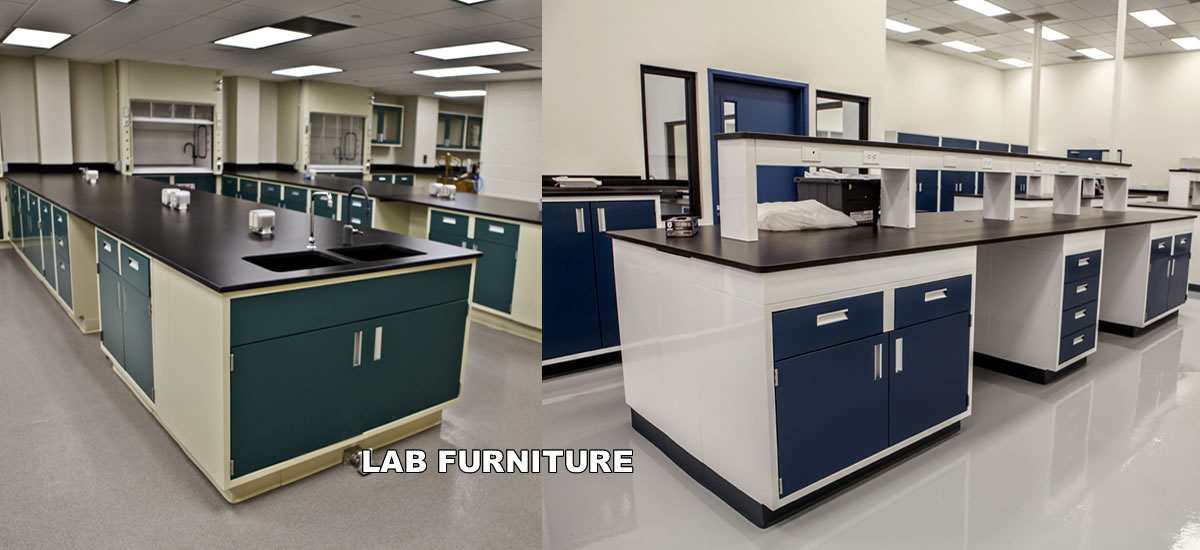Description
Visual Kits
| Range | MDL | Method | Kit Catalog No. | Refill Catalog No. |
|---|---|---|---|---|
| 0-0.60 & 0.6-3.0 ppm | 0.025 ppm | DPD | K-7404 | R-7404 |
Instrumental Kits
| Range | Method | Kit Catalog No. |
|---|---|---|
| 0-0.75 ppm | Indigo | K-7433 |
| 0-0.75 ppm | Indigo | I-2022 |
| 0-5.00 ppm | DPD | K-7423 |
| 0-5.00 ppm | DPD | I-2019 |
Methods
Ozone is a strong oxidizing agent and is used as an alternative to chlorine as a biocide in the disinfection of drinking water. Ozone is used to remove odor, decolorize, and to control algae and other aquatic growths.
Ozone is also used in various disinfectant/sterilization processes in the food & beverage and pharmaceutical industries.
The DPD Method
References: USEPA Methods for Chemical Analysis of Water and Wastes, Method 330.5 (1983). APHA Standard Methods, 23rd ed., Method 4500-Cl G- 2000.
Potassium iodide is added to the sample before analysis. Ozone reacts with the iodide to liberate iodine. The iodine reacts with DPD (N, N-diethyl-p-phenylenediamine) to form a pink color. Results are expressed as ppm (mg/L) O3.
References: USEPA Methods for Chemical Analysis of Water and Wastes, Method 330.5 (1983). APHA Standard Methods, 23rd ed., Method 4500-Cl G- 2000.
Potassium iodide is added to the sample before analysis. Ozone reacts with the iodide to liberate iodine. The iodine reacts with DPD (N, N-diethyl-p-phenylenediamine) to form a pink color. Results are expressed as ppm (mg/L) O3.








Reviews
There are no reviews yet.